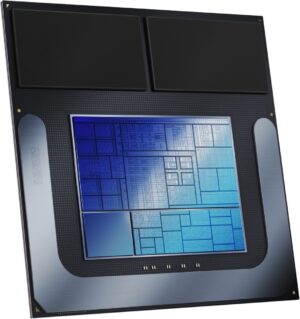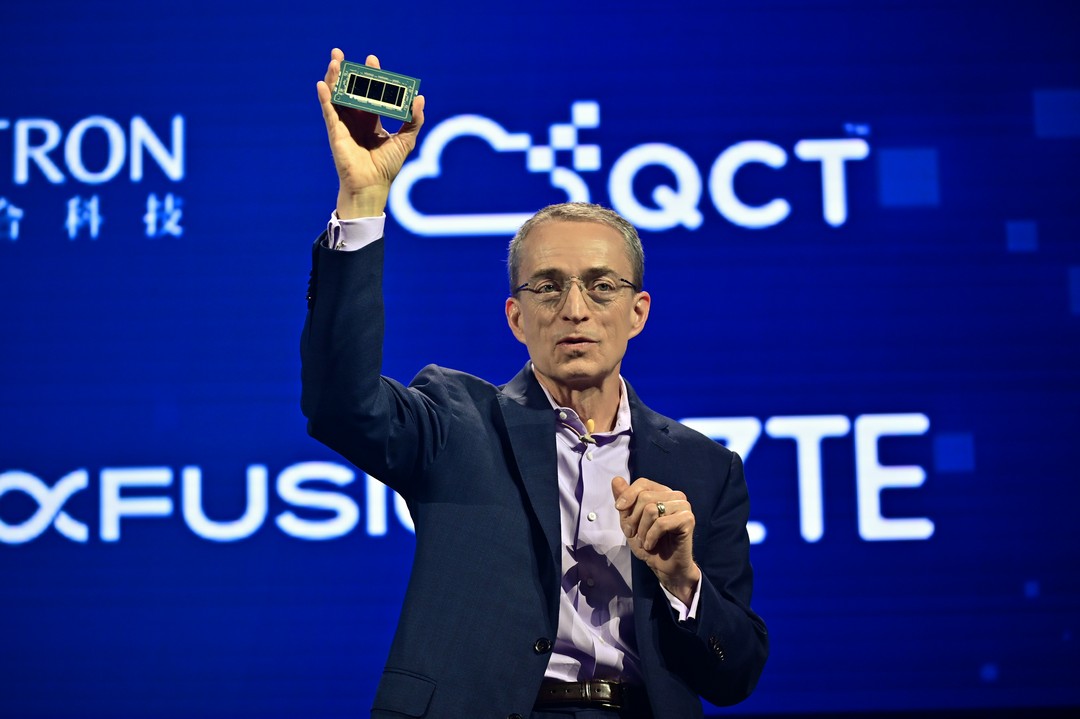
In many ways, it was fitting that Intel chief executive Pat Gelsinger’s keynote speech at this year’s Computex show came after his main rivals from Nvidia, AMD and Qualcomm.
So often the headline presenter at this yearly PC and industry event in Taipei, Intel now has to share the stage with competitors that are threatening it from multiple fronts. From the data centre to PCs, its rivals are prying away its grip on the market, particularly in AI.
And so, Gelsinger, an engineer who spent 30 years in Intel before moving to VMware and back to Intel in 2021, came out swinging today with some of the company’s most ambitious answers to its rivals.
New Intel Xeon 6 processors, he told a packed hall of industry executives, would be a great complement to its Gaudi 3 AI accelerator kits to provide an alternative to Nvidia’s costly but high-performance graphics processing units (GPUs) sought after by cloud providers to run larger AI workloads.
For PCs, he unveiled the Intel Lunar Lake processors, which promise to deliver more AI performance with multiple engines – the CPU, GPU and neural processing unit (NPU) – while rivalling the long battery life of competitors such as Qualcomm.
In the decades since it became the top chipmaker for servers and PCs, Intel has not faced the same threat as today.
Nvidia is top billing for AI workloads today and its GPUs are sold out for months in advance. AMD, for so long the smaller rival to Intel, has made gains in the server and PC markets, thanks to advanced designs made into fast processors at TSMC’s chip fabrication plants.
Even Qualcomm, more known for its Arm-based smartphone chips, is muscling into the AI PC market. This probably must hurt the most because Microsoft, a decades-long partner, had a huge launch with Qualcomm Snapdragon X chips just weeks ago for the new Copilot AI assistant on Windows.

Facing unprecedented competition, Intel has been innovating as well. Crucially, where it has lagged, particularly in chip fabrication, it is massively scaling up with more advanced processes that can squeeze more transistors and performance into a small chip.
The new Xeon 6 launched today is one example. The server chip comes in two flavours but one key improvement is that it is made with Intel’s new 3 process technology, a new way of manufacturing chips that pushes up performance.
The Xeon 6 is also packed with as many as 288 efficient cores (E-cores) for workloads like media and micro services. One Xeon 6 CPU, according to Intel, is so efficient it can produce the performance of three older chips, thus saving space and energy at data centres.
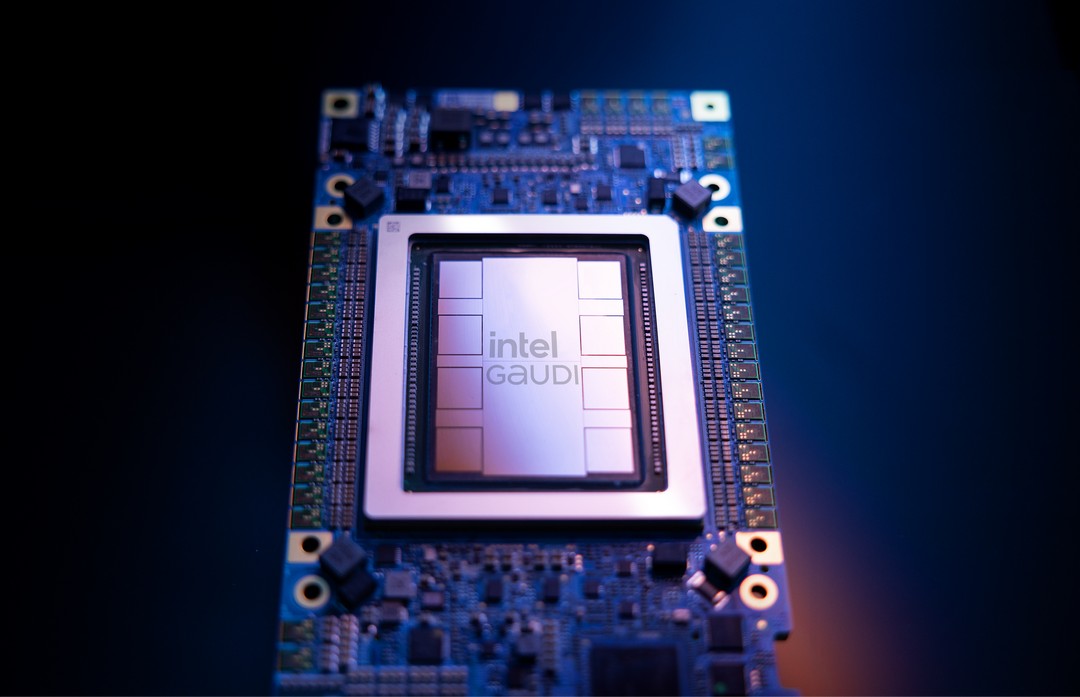
Of course, this would not make a dent in the AI market, the hot sector at the moment. Here, Gelsinger took a swipe at rival Nvidia, which has been laughing to the bank with its GPUs used to train large AI models.
To counter that, the Intel head honcho showed off his Gaudi 3 accelerator kit, which packs in eight of the AI-focused chips, and proudly revealed what he called a “pretty compelling” price of US$125,000.
That is estimated to be less than half of what a comparable system is reportedly priced at. An HGX server with eight Nvidia H100 AI chips costs upwards of US$300,000, according to a report by Reuters.
Then again, the H100 was last year’s model from Nvidia and is already widely used by many cloud providers. Intel doesn’t seem to be able to touch the new Nvidia Blackwell GPU that was launched earlier this year and promises even higher performance.
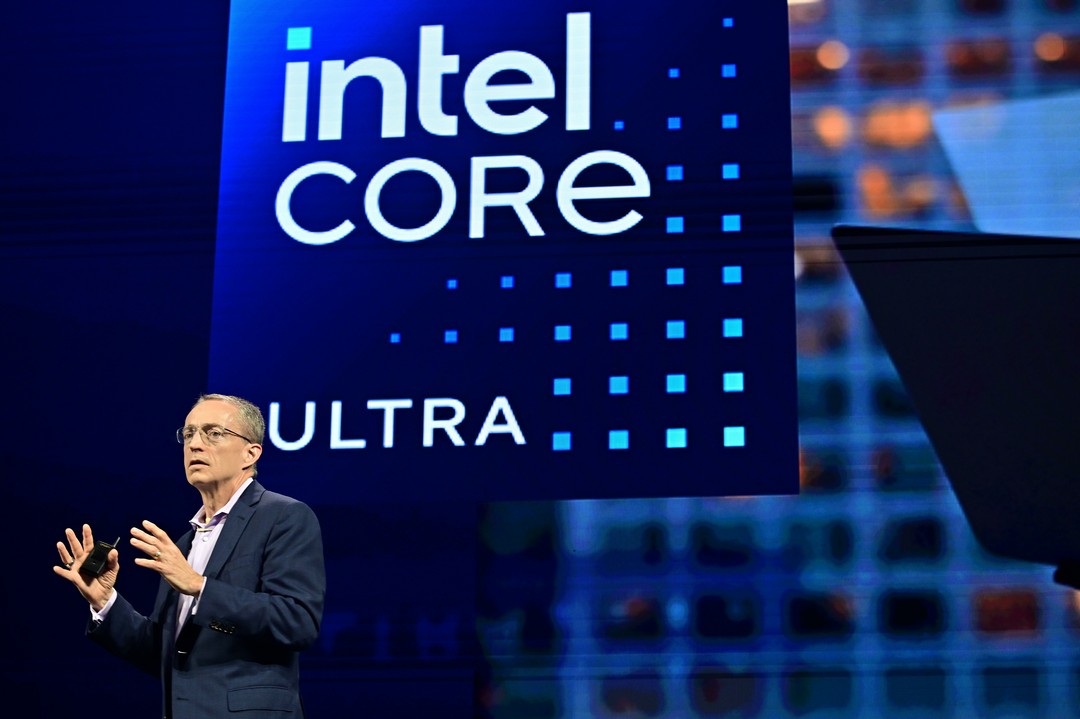
Away from the server front, Intel is also facing off against old rival AMD as well as new Arm-based players such as Qualcomm.
The Intel Lunar Lake CPU, expected to ship in the third quarter of this year, is expected to have more than enough horsepower to run AI assistants and tasks on new Windows Copilot+ PCs.
While Microsoft has said that these next-gen PCs need to have 40 tera operations per second (TOPS) in performance, Intel’s new chips offer up to 120 TOPS.
In particular, a new NPU in these Lunar Lake CPUs, which will run more background AI tasks, such as biometric scanning or removal of a background in a video call, now support up to 48 TOPS.
Intel is also selling the idea that the CPU and GPU in Lunar Lake still matter, for example, in running other more “bursty” or intensive AI tasks such as editing or generating an image.
Interestingly, the Lunar Lake design also comes with memory in its package. This means PC makers can have 16GB or 32GB of memory integrated on the chip and save space on the motherboard to make a sleeker laptop.
Perhaps more importantly, the Lunar Lake CPU also promises up to 60 per cent better battery life in real-life scenarios, thanks to improved chip design and manufacturing, for example, by integrating a controller on it and improving the E-core cluster.
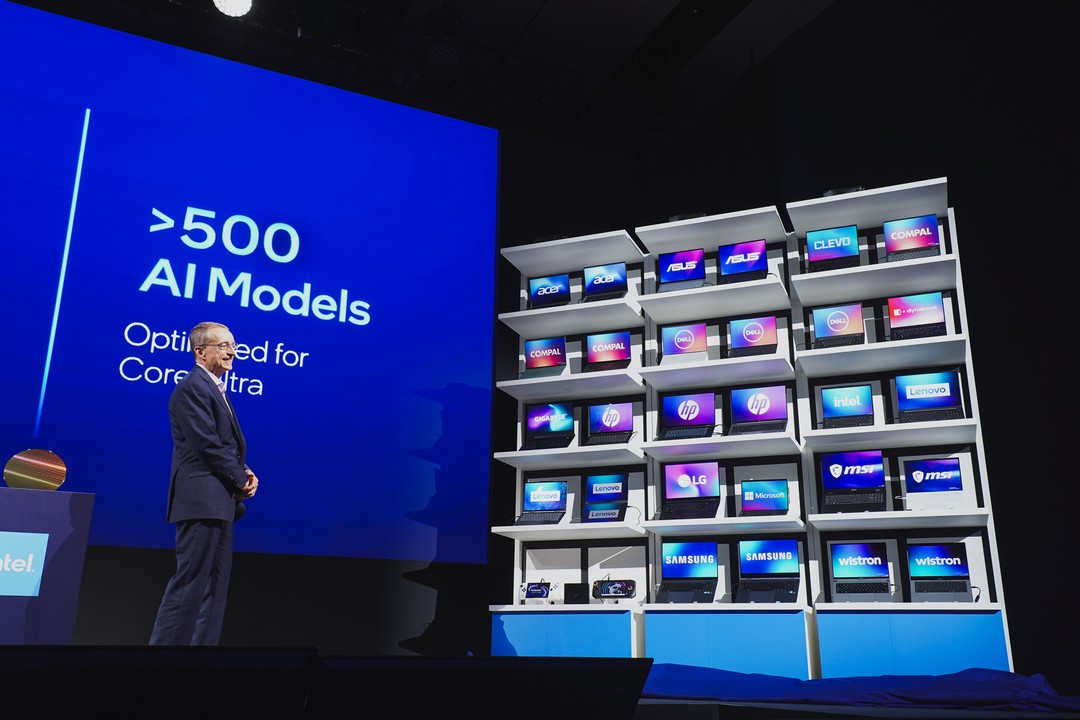
Asked about performance numbers compared to Qualcomm, Intel executives at a pre-Computex media event in Taipei were coy to reveal more. They said they would be waiting for actual laptops using its rival’s chips to have a clearer picture.
What Intel does have, as its CEO showed today at his keynote, are a lot of partners happy to build and ship a PC using its new Lunar Lake CPUs.
During his presentation, Gelsinger was joined by key Taiwanese PC makers, such as Acer chairman Jason Chen and Asus chairman Jonney Shih. Yes, Intel still holds sway in a business that needs scale, not just a great product.
Lunar Lake, says the American chipmaker, will be used in more than 80 different AI PC designs from 20 original equipment manufacturers. And it can boast that it has already shipped more AI PCs in the first quarter of this year than all its rivals combined.

